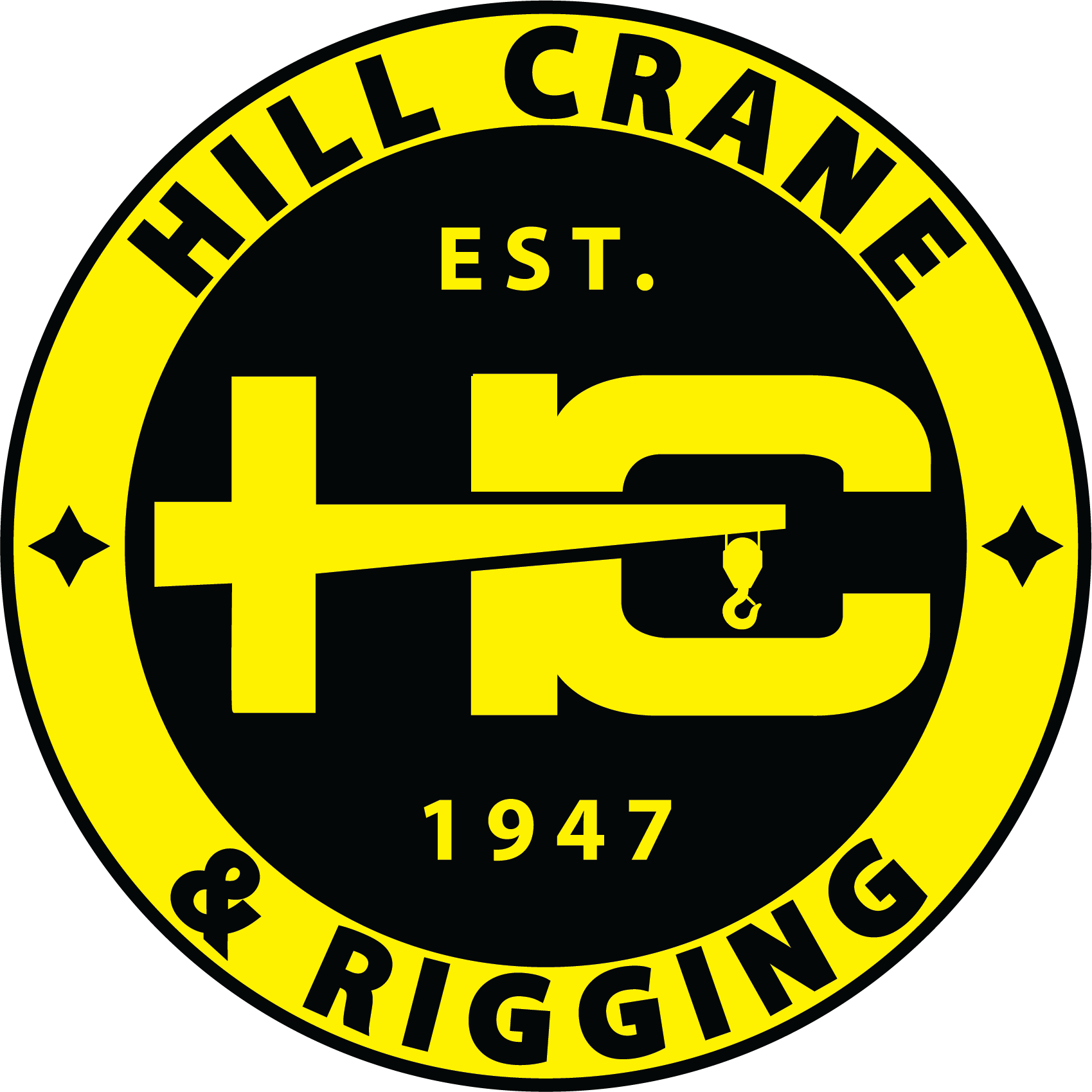Information
-
Audit Title
-
Document No.
-
Client / Site
-
Conducted on
-
Prepared by
-
Location
-
Personnel
3.0 Scope
3.0.1
-
• Observe electrical installations in the field. Do they, in general, comply with the requirements of this FPE?
3.0.2
-
• Observe works being conducted by contractors are they, in general comply with the requirements of this FPE
4.0 Accountability
4.0.1
-
• Ask for the people who have been formally appointed to be available for the audit.<br>
-
• Are they aware of their appointment<br>
-
Are they able to explain and show the auditors how the requirements they are accountable for are implemented and maintained?
4.1 Hazard identification risk assessment and control
4.1.1
-
• Have all areas containing relevant equipment been included in the survey?<br>
-
• Review the survey? Does the survey meet the requirements?
4.1.2
-
• Are the electrical safety devices identified in the consolidated list fitted as required?<br>
4.1.3
-
Are all single and three phase general purpose outlets protected by an approved RCD/ELD? Check in the field.
-
• Are over-voltage protection systems installed as required?<br>
4.1.4
-
Review identified potentially explosive atmosphere lists. Is it complete e.g. coal mill, AFR facilities, ESP’s (these may need to be controlled by alternate methods)
-
• Ask supervisors in AFR areas if they are aware of intrinsically safe electrical equipment and why it is needed.
4.1.5
-
• Ask to be taken to high voltage installations. Are they secure?<br>
-
• Ask nearby workers what the rules are for working on or near high voltage lines or equipment.<br>
-
• Ask equipment operators if they are aware of how close they can be to high voltage power lines.<br>
-
• Ask what rules are applied for working on live equipment.
4.2 Selection, Training, Competency and Authorisation
4.2.1
-
• Is the medical criteria being applied?<br>
-
• Can personnel verify relevant qualifications?
4.2.2
-
• Are relevant competency standards available?<br>
-
• Review the training & assessment records.<br>
-
• Check that personnel hold the required licence/authority.<br>
-
• How often competencies are re-assessed?<br>
-
• Observe personnel and their competency in the field.
4.3 Communication and awareness
4.3.1
-
• Inspect electrical distribution panels in the field.<br>
-
• Is the Holcim Asset code displayed on all panels?<br>
-
• Is there a electrical hazard warning sign on each panel?<br>
-
• Is the source of supply clearly identified as required (door and sides)?<br>
-
• Are circuit id labels displayed within boards?<br>
-
• Ask if they match electrical drawings?
4.3.2
-
• Ask to be taken to locations with overhead powerlines.<br>
-
• Observe any signs. Are they easy to see, legible from a distance, accurate?
4.3.3
-
• Do personnel have a level of awareness of electrical hazards relative to their exposure / role?<br>
-
• Ask personnel about the care and use of portable electrical equipment.<br>
-
• Ask personnel to identify electrical hazards in the workplace.<br>
-
• Ask personnel what precautions they need to take when working near electrical installations.
4.4 Design, Purchase, Fabrication, Installation and Commissioning
4.4.1
-
• Are relevant personnel aware of the equipment specifications?<br>
-
Select a number of electrical installation to determine if they meet the specification of being guarded, labelled and prevent access to unauthorised persons.
-
• Are electrical safety devices installed?<br>
-
• Do the electrical technicians know how to test the electrical safety devices? Ask them to show you.<br>
-
• Ask to be shown how different isolation points are locked out.<br>
-
• Check equipment codes/ratings in area with potentially explosive atmospheres for correct rating.<br>
-
• From the supplied line drawings of new installations ask to check these in the field.
4.4.2
-
• Ask to meet the people who are qualified to sign off on electrical installations. Ask them about the requirements.<br>
-
• Are changes to existing installations inspected by a group Company electrical inspector?<br>
-
• Ask to be taken shown how an inspection is done.
4.4.3
-
• Are purchasing personnel aware of the equipment purchasing specifications?<br>
-
• Inspect PPE used in both LV and HV situations. Does it meet the accepted standards? You may have to research this before the inspections.<br>
-
• Inspect the tools and equipment used for electrical work. Does it meet the specifications? Again you may to research this before the audit.<br>
4.5 Work method and condition control
4.5.1
-
• Are SWP’s available for all electrical work?<br>
-
Is electrical work performed by competent personnel, in accordance with the requirements, and relevant SWP’s?
-
• Are installers aware of the installation standards?<br>
-
• Do all of the installations match the standards?<br>
-
• Is there a program to rectify sub standard electrical work?<br>
-
• Ask to witness an isolation and lockout in the field. Do they follow the SWP or generic process?<br>
-
• Is the correct PPE available and in use?
4.5.2
-
• Is all plug-in electrical equipment currently tagged?<br>
-
• Are extension leads used outside office areas of heavy duty construction?<br>
-
• Check leads etc for damage.<br>
-
• Check for valid tags on all portable electrical equipment.<br>
-
• Do personnel trip test RCD’s/ELU’s before use?<br>
-
• Check for RCD’s on all GPO’s.<br>
-
• Ask to see portable RCD’s.
4.6 Maintenance
4.6.1
-
• Are the maintenance schedules being adhered to?<br>
-
• Is all equipment registered?<br>
-
• Do maintenance personnel understand the requirements?<br>
-
• How is maintenance / repair work recorded?<br>
-
• Is documentation maintained?<br>
-
• What is the general condition of electrical equipment?<br>
-
• What is the general condition of electrical test equipment?
4.7 Emergency control
4.7.1
-
• Do all certified electricians hold first aid qualifications?<br>
-
• Ask to meet with first aiders. Ask them if they have been trained in initial response to electrical shock?<br><br>
-
• Ask them to demonstrate the required actions (DRABC).
4.7.2
-
• Are appropriate signs displayed?
4.7.3
-
• Are main switches identified and accessible?
4.8 Monitoring, inspection and audits
4.8.1
-
• Are inspections performed in accordance with the schedules?<br>
-
• Review completed inspection reports.<br>
-
Have inspections verified the quality and effectiveness of the requirements set out in this element?
-
• Ask to see the inspection equipment. You will need to research this before you conduct the audit.
4.8.2
-
How well do the equipment inspectors understand the inspection requirements for Electrical Installation and Equipment?
-
• Review the quality of inspection records.<br>
-
• Are schedules being conformed to?<br>
-
Check the condition of Electrical Installation and Equipment. Are there any non-conformances that indicate the inspection program needs attention?
-
• Is grounding and safety device testing done per requirement?<br>
-
• Are calibrated test equipment used to test RCD/ELD’s?<br>
-
Are RCD/ELD’s tested at intervals less than 12 months?<br>
-
• Is the register up to date?
4.8.3
-
• Ask to observe a task observation for electrical work in the field?<br>
-
• Ask electrical personnel if they undertake task observations or have been observed.<br>
4.8.4
-
• Check a selection of corrective actions from past audits in the field?
4.9 Reporting, assessment and corrective actions
4.9.1
-
• Ask employees to explain what sort of unsafe equipment or electrical faults must be reported.<br>
-
• Is unsafe equipment or installations isolated immediately?<br>
-
• Review records of faults / defect and the associated corrective actions.<br>
-
• Check a sample of equipment. Does the condition indicate hazards or defects are being reported and/or actioned?
Conclusion and auditor's comments
-
Date of audit completed
-
Signature of auditor
-
Date of auditor's signature
-
Signature of auditee
-
Date of auditee's signature












